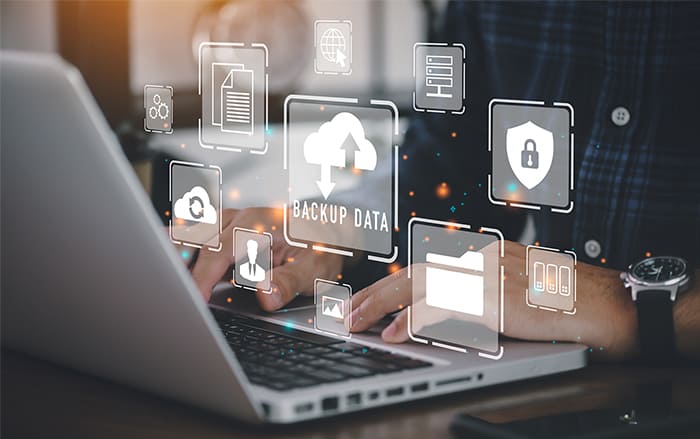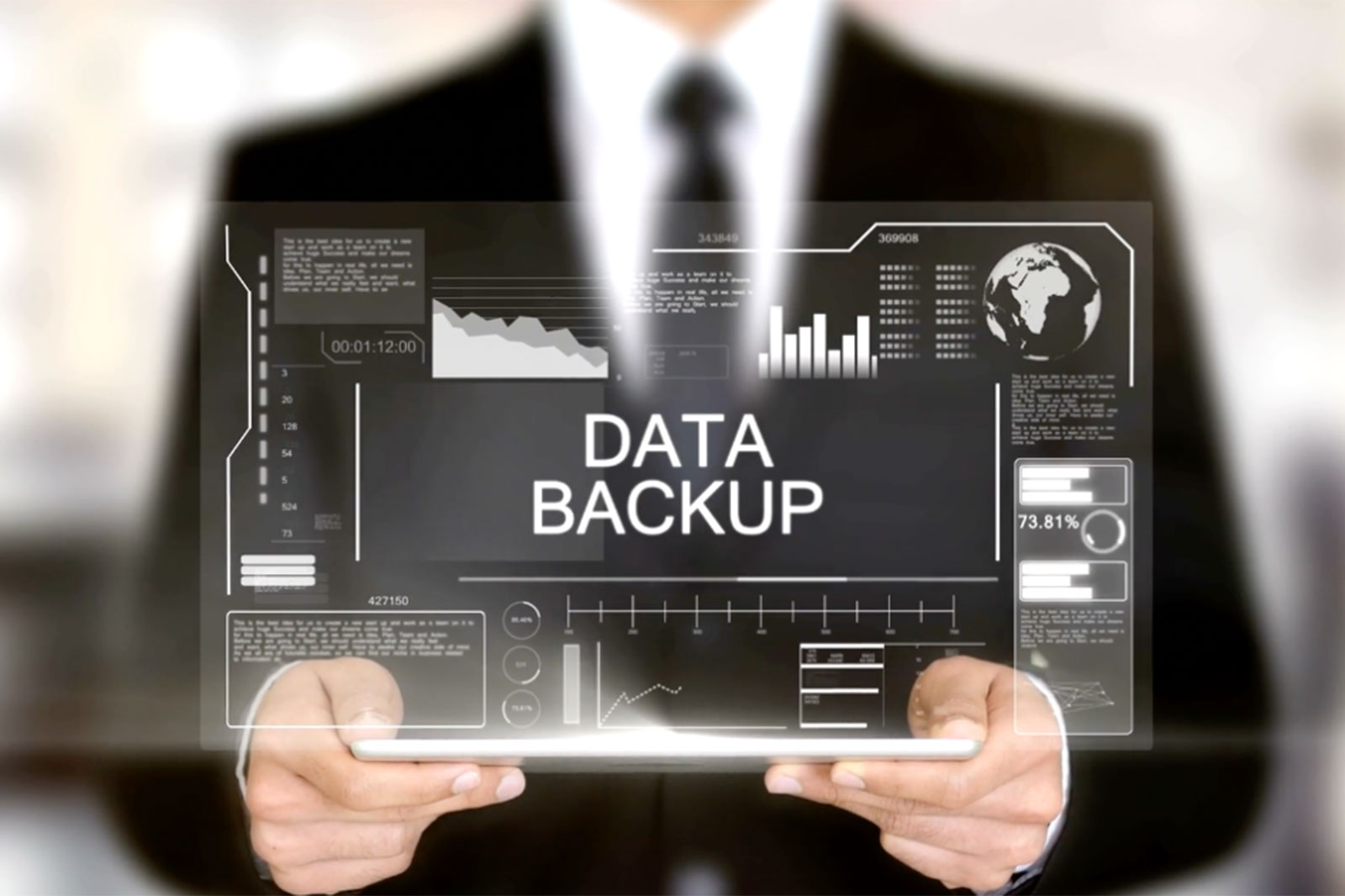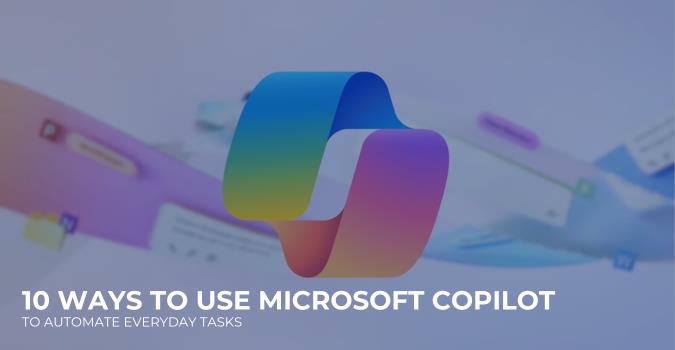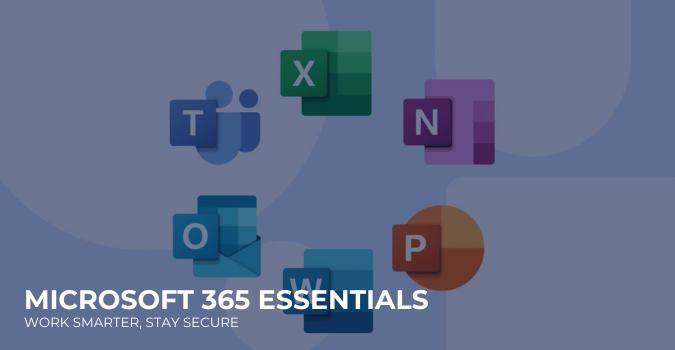Governments are being forced to send notices to businesses in order to ensure that the best security practices are followed in order to avoid nation-state threat actors because hacking attempts are increasing worldwide. In addition, unavoidable occurrences like extreme weather are increasing the frequency of power outages and putting more strain on power grids. The possibility of losing the last few hours of work due to a power outage in your production storage is real and growing. In order to meet expectations for a quick recovery, it is essential to maintain a high-quality, independent backup of production data.
Here are 7 strategies to keep your data safe and recovery ready.
1) Offsite Storage:
You will be able to move your backup data off-site and away from the dangers of power outages and/or opportunistic hackers if you store it in a cloud data warehouse. In-place recovery, also known as instant recovery, occurs when a virtual machine’s data store is instantiated on protected storage so that there is no lag when data is copied between production storage and backup storage.
2) Use Multiple Methods:

The 3-2-1 rule has never been more relevant. It says that you should always have three copies of your data: two local copies on different media and one on a different location. Today, magnetic disk, object storage devices, or tape storage are all options for on-premises storage. Off-site storage can be done in the cloud, but it must be immutable and can only be deleted after a certain amount of time has passed. By utilizing distinct physical data centers and distinct storage services within the same cloud provider, you can also implement the 3-2-1 rule entirely through cloud storage.
3) Don’t overlook SaaS platforms:

It is a common misconception that SaaS applications backup their data automatically. In fact, the user agreement for the majority of SaaS applications makes it abundantly clear that customers are in charge of backups. Because SaaS applications may contain information that is essential to a company’s operations, it is essential to collaborate with the vendor to learn the most effective methods for regularly backing up data.
4) Protect Endpoints:

Keep in mind the data in endpoints when planning your data backup strategy. Laptops, tablets, and even smartphones used by businesses may contain valuable data that cannot be stored anywhere else. All of the data on these devices could be lost forever if they are broken, lost, or stolen. Fortunately, modern endpoint backup systems can also cover devices like endpoints and copy the data on them to the cloud with your main corporate data.
5) Back Up More Often: 
In today’s environment, where threats like ransomware and cloud misconfigurations exist, daily backups are essential. Block level incremental (BLI) backups can be used to only back up the changed blocks in each file, which can cut down on the amount of time and space needed for backups.
6) Don’t Use Backup For Long-Term Retention:

While both data retention and backup are essential processes, you must distinguish between your storage locations in order to successfully carry them out. Backup storage lacks granular controls for you to delete specific datasets or data types, but long-term retained data must adhere to data privacy regulations. If you store data in backup storage for an extended period of time, you run the risk of accidentally restoring data that you had promised to delete and breaking regulations. Instead, you can choose which files to move to backup and restore using a data archive service for data retention.
7) Encrypt Backup Data:

In addition to the platform for data backup, data encryption requires caution. An additional level of safety can be ensured by storing the backup data in an encrypted format. Theft and corruption of data will not affect encrypted backup copies.
In addition, there won’t be any problems when the business needs to recover. Whether or not your backup data is being encrypted can be verified by your IT administrator or data backup service providers.
Stay up with the latest Sponsorship up your undertaking information is imperative for guaranteeing your organization can continue to work securely, however it doesn’t need to be a migraine. by migrating backup to the cloud, which includes runbook automation, endpoint and SaaS security, DRaaS, and more frequently back up; and separating backup storage from long-term retention will ensure that your organization remains secure regardless of what happens.





